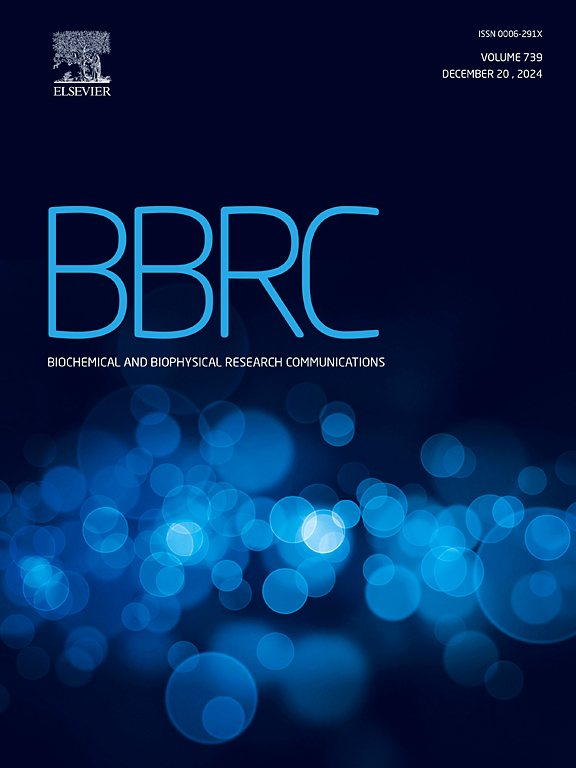The engineered dimer of L-arabinonate dehydratase from Rhizobium leguminosarum bv. trifolii: The role of intersubunit interactions in IlvD/EDD family
IF 2.5
3区 生物学
Q3 BIOCHEMISTRY & MOLECULAR BIOLOGY
Biochemical and biophysical research communications
Pub Date : 2025-03-11
DOI:10.1016/j.bbrc.2025.151610
引用次数: 0
Abstract
Engineering of protein oligomeric state or quaternary structure is a promising approach to adjust proteins for utilization in different applications and research. This study provides a detailed investigation of oligomerization within IlvD/EDD superfamily. A large 255 kDa tetrameric protein of the IlvD/EDD superfamily, L-arabinonate dehydratase from Rhizobium leguminosarum bv. trifolii, was engineered to create a dimeric form containing the [2Fe–2S] catalytic center. Four variants, which contain mutations at two locations of the dimer-dimer interface, were produced. The mutants were analyzed using UV–vis and native mass spectrometry, while iron composition and enzymatic activity with five substrates were also investigated. The three variants with mutations closer to the catalytic center showed a color change with shifted maximum absorption at 455 nm and had reduced catalytic activity. One of the variants, D39K, located farther from the active center, maintained a similar color to the wild-type enzyme. The D39K had a mild decline in the catalytic activity, and it existed in dimeric form. The three-dimensional structure analysis suggests that the D39K mutation disrupted a larger ionic-interaction network on the protein surface, thus preventing the formation of the tetramer.
求助全文
约1分钟内获得全文
求助全文
来源期刊
CiteScore
6.10
自引率
0.00%
发文量
1400
审稿时长
14 days
期刊介绍:
Biochemical and Biophysical Research Communications is the premier international journal devoted to the very rapid dissemination of timely and significant experimental results in diverse fields of biological research. The development of the "Breakthroughs and Views" section brings the minireview format to the journal, and issues often contain collections of special interest manuscripts. BBRC is published weekly (52 issues/year).Research Areas now include: Biochemistry; biophysics; cell biology; developmental biology; immunology
; molecular biology; neurobiology; plant biology and proteomics

 求助内容:
求助内容: 应助结果提醒方式:
应助结果提醒方式:


